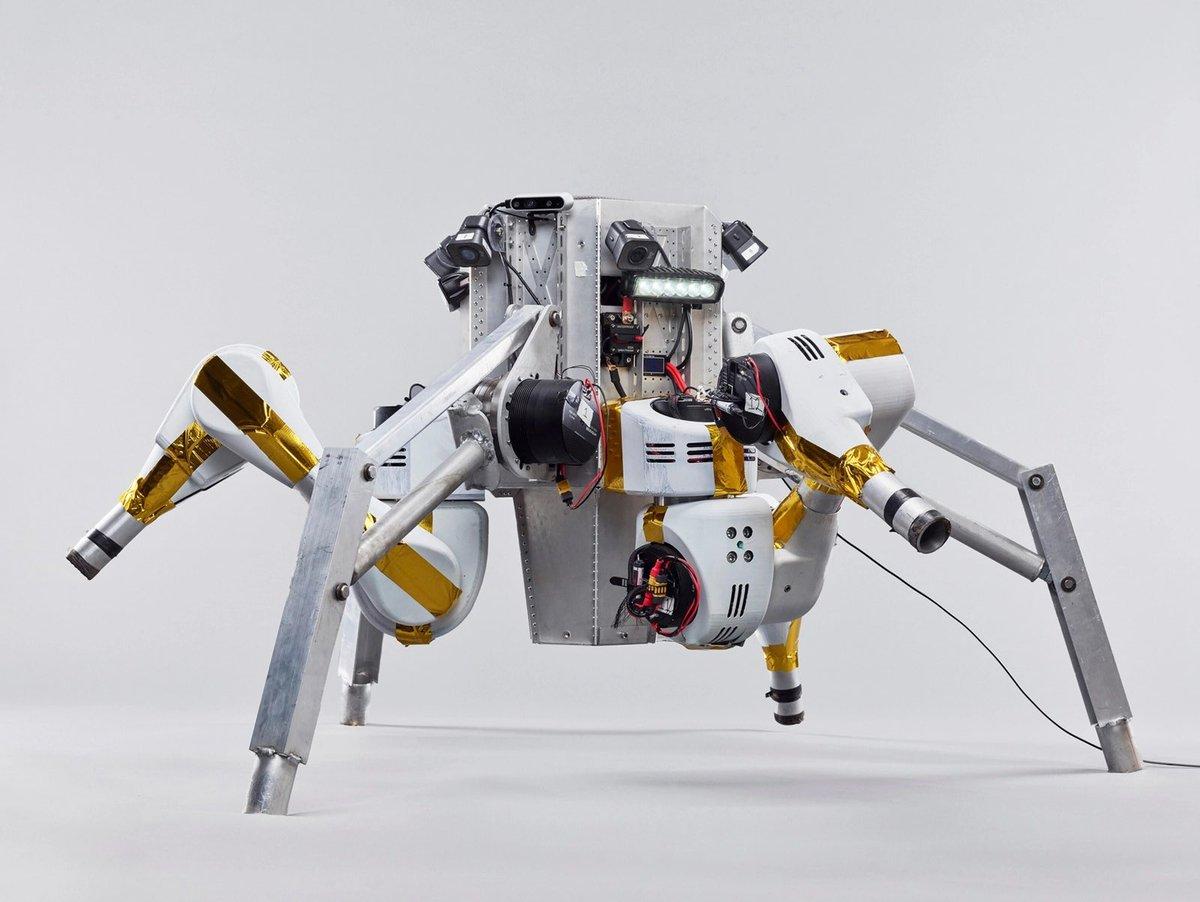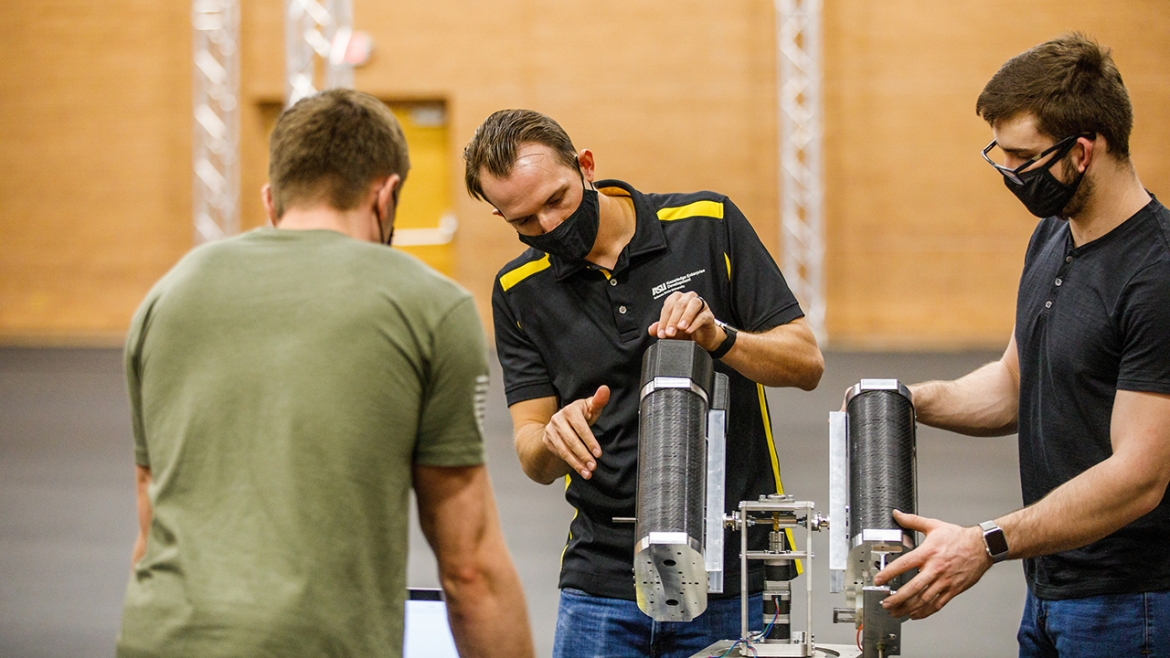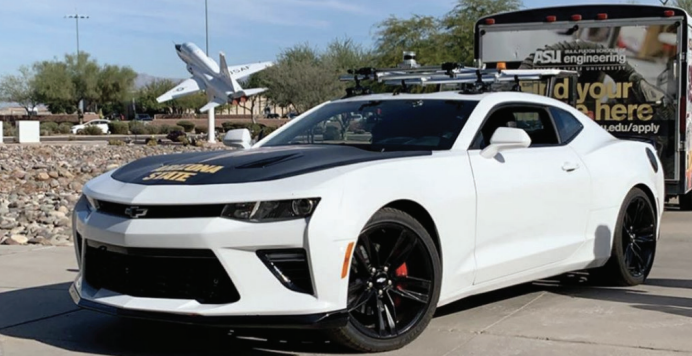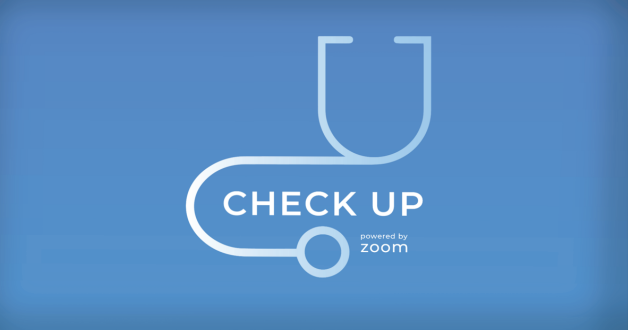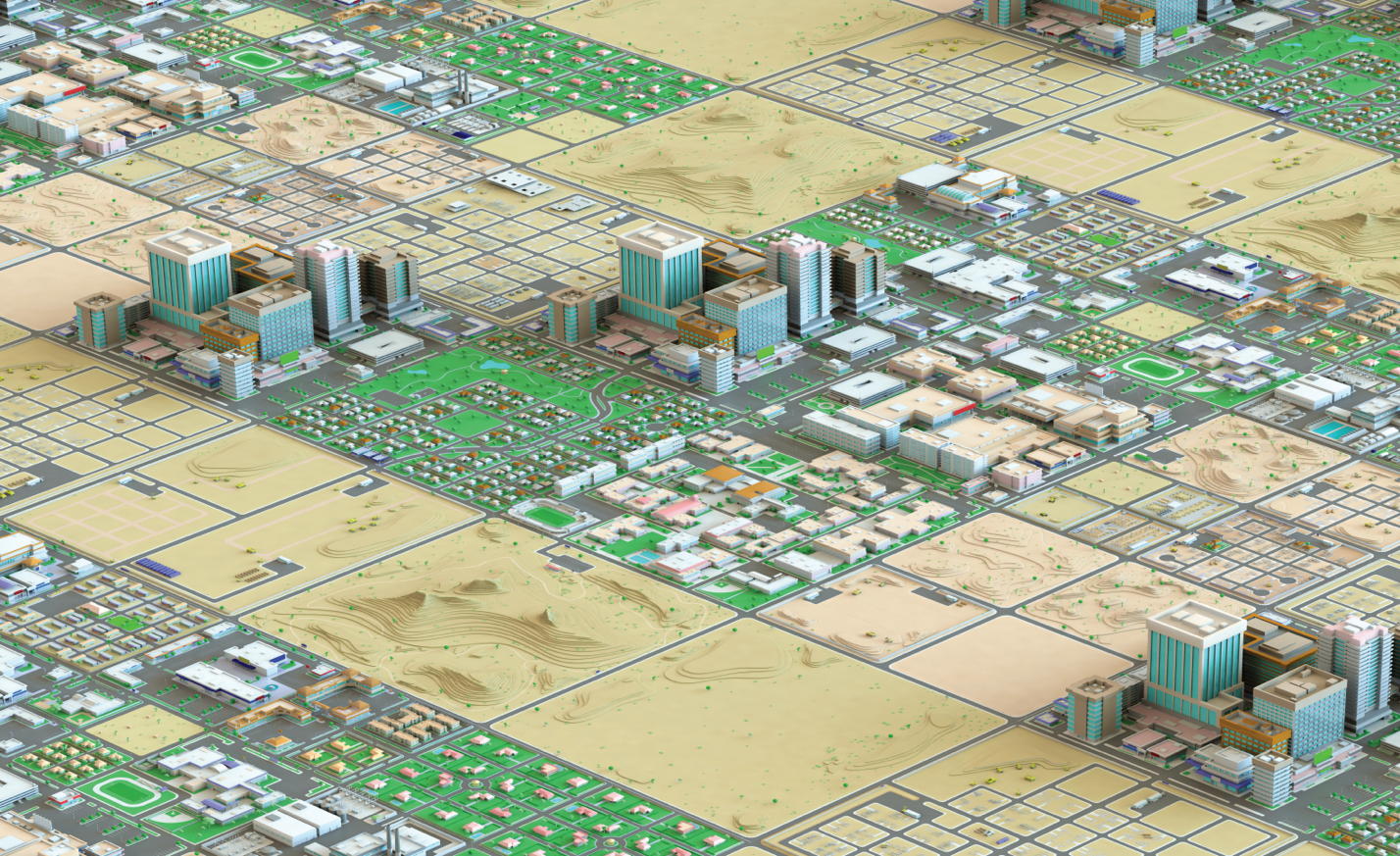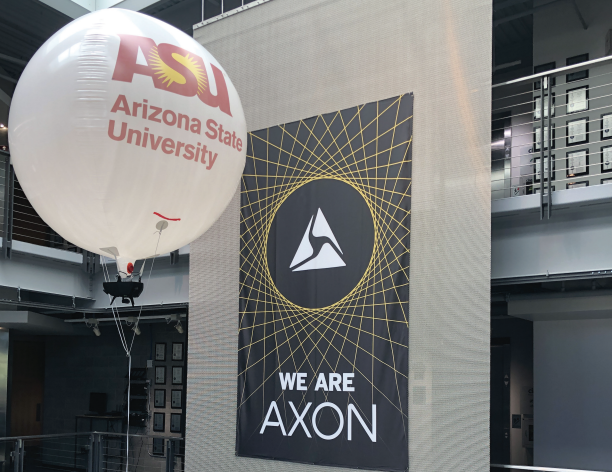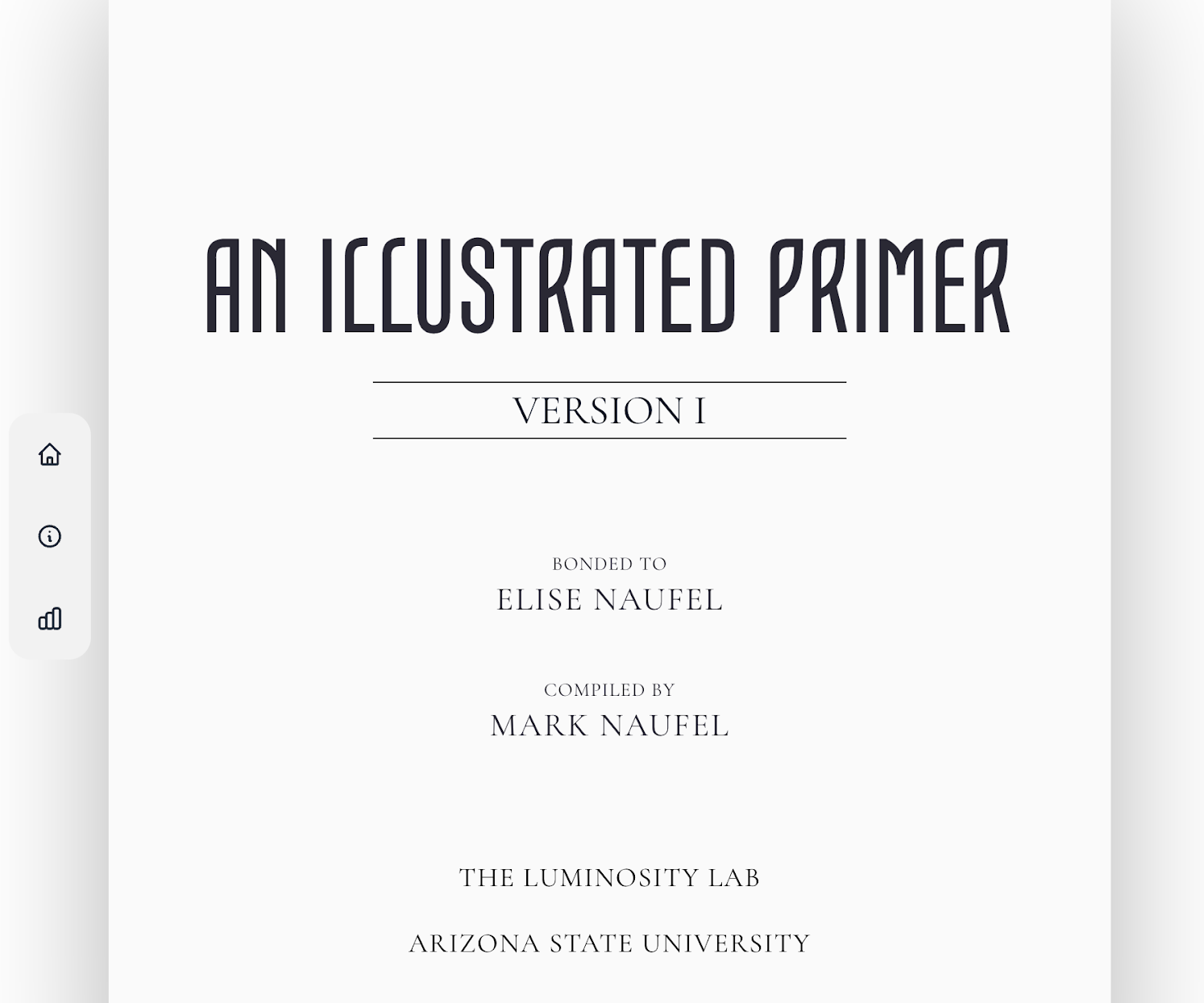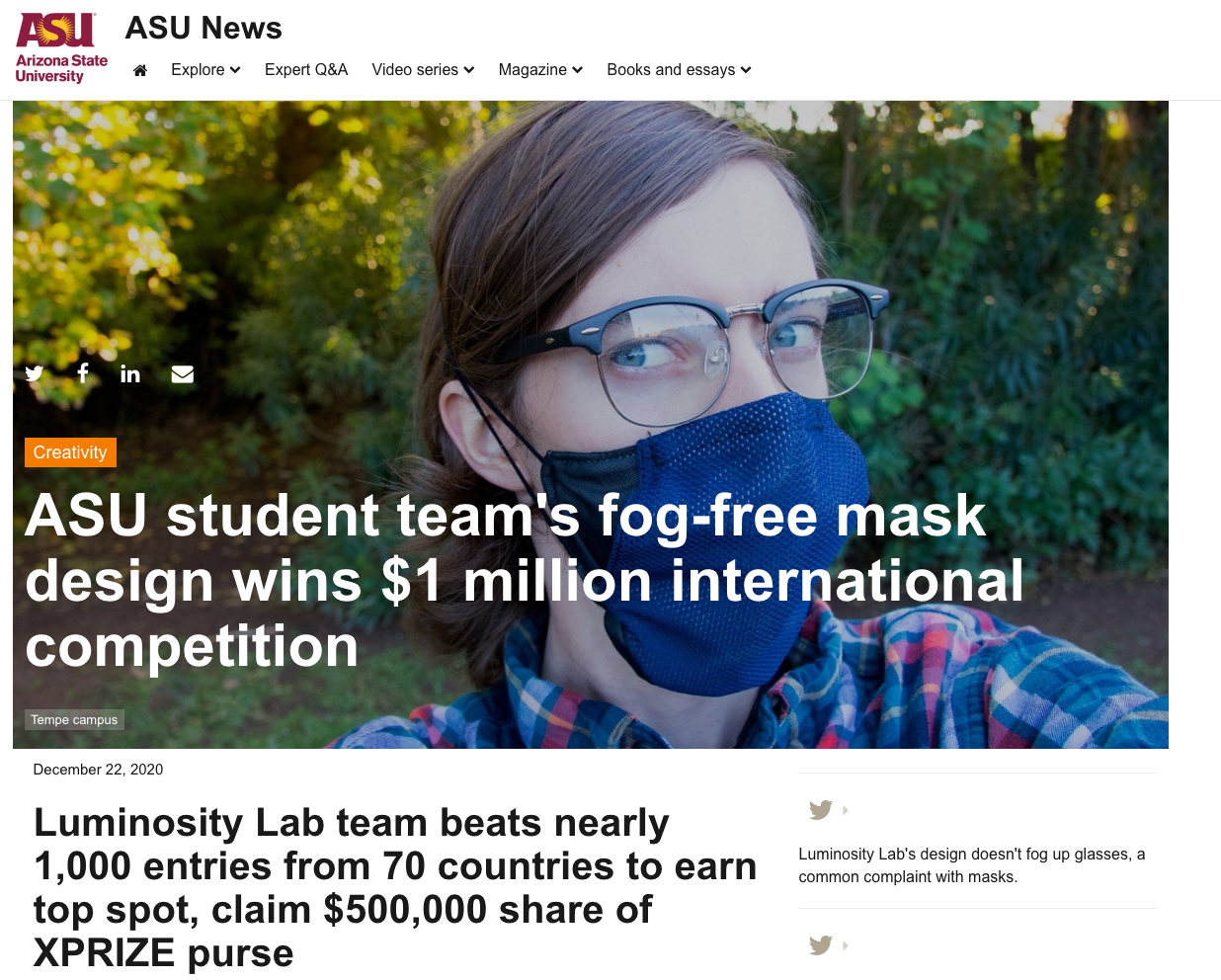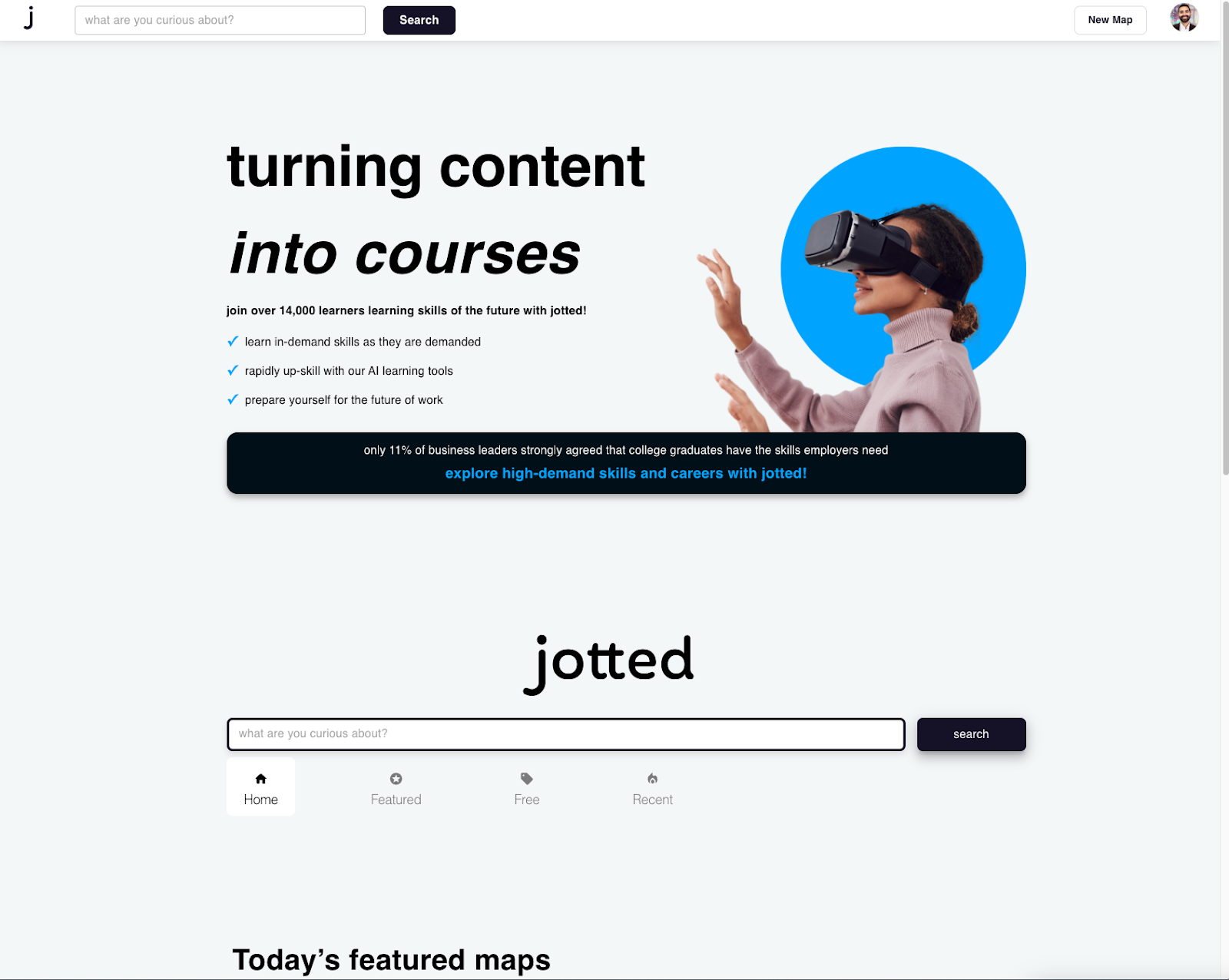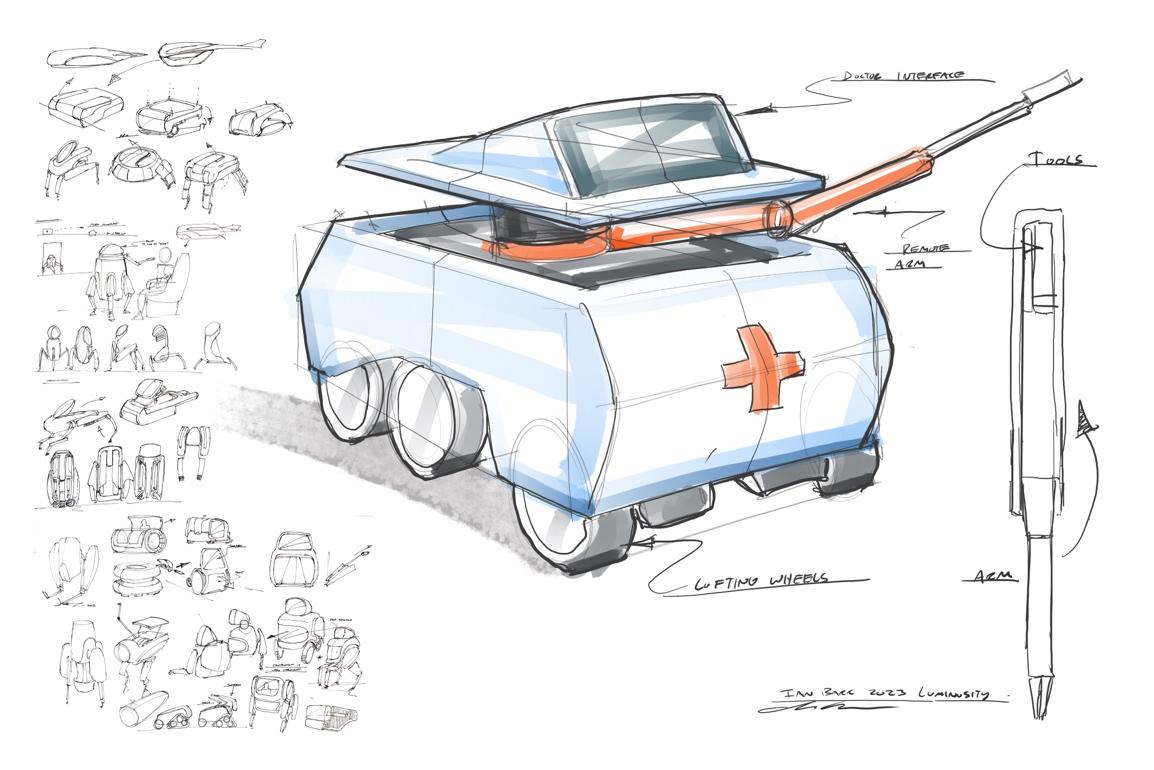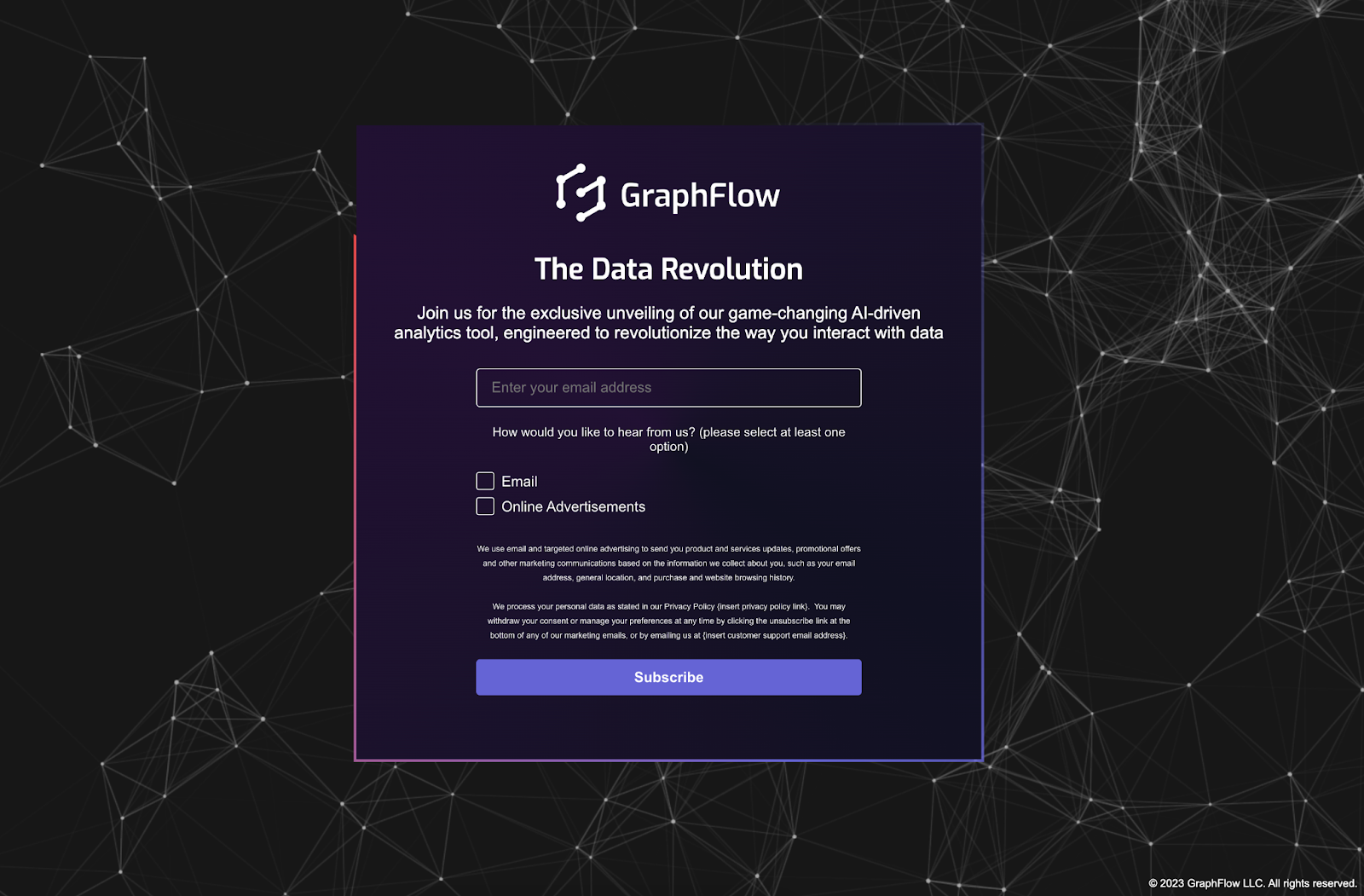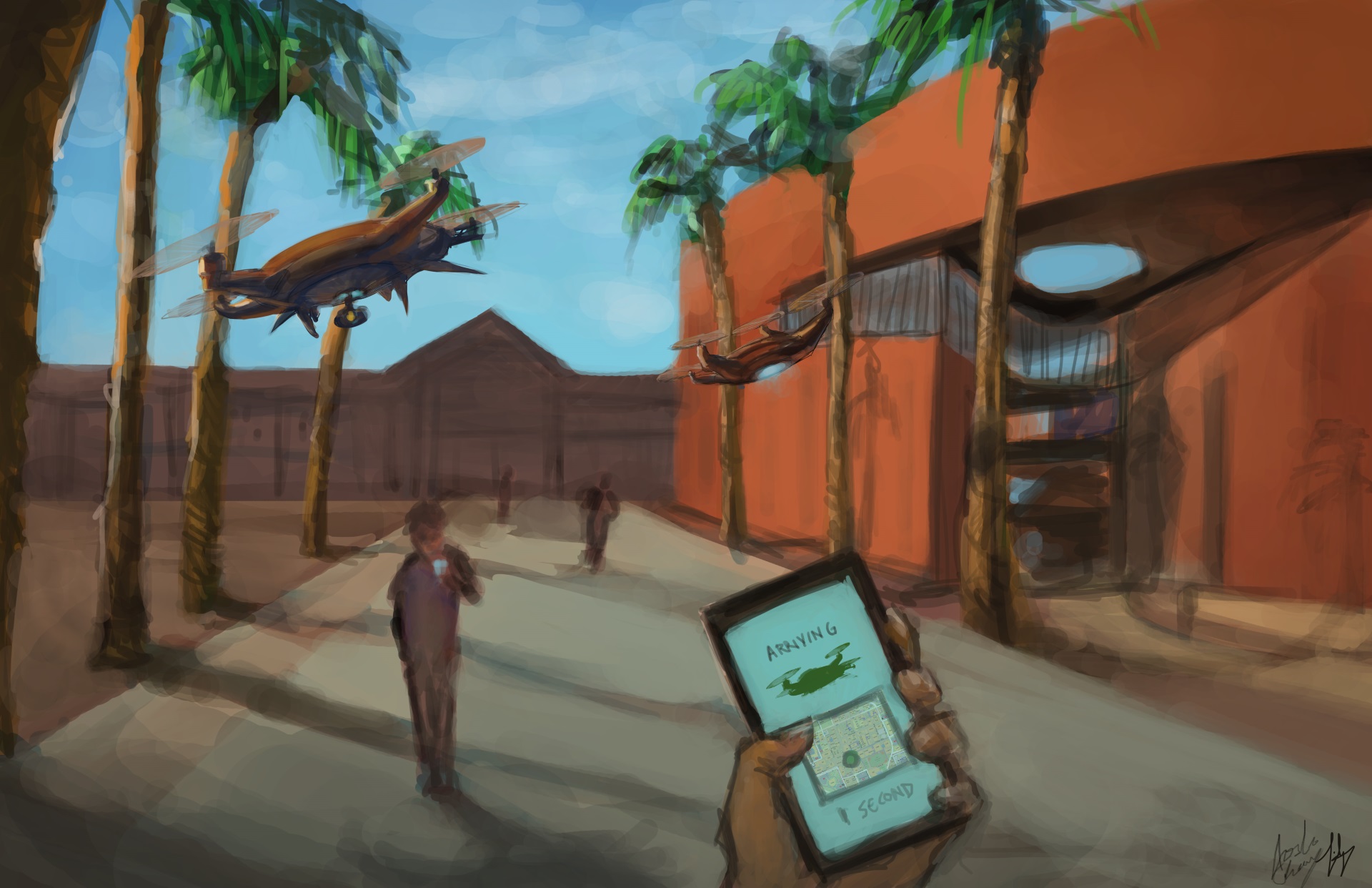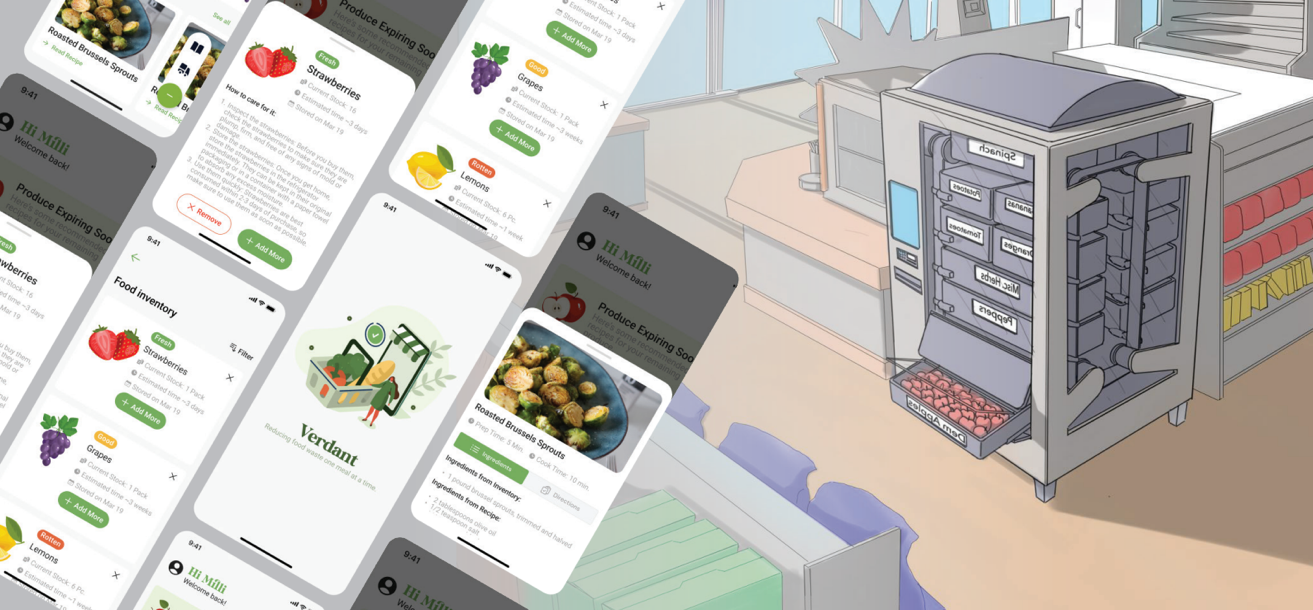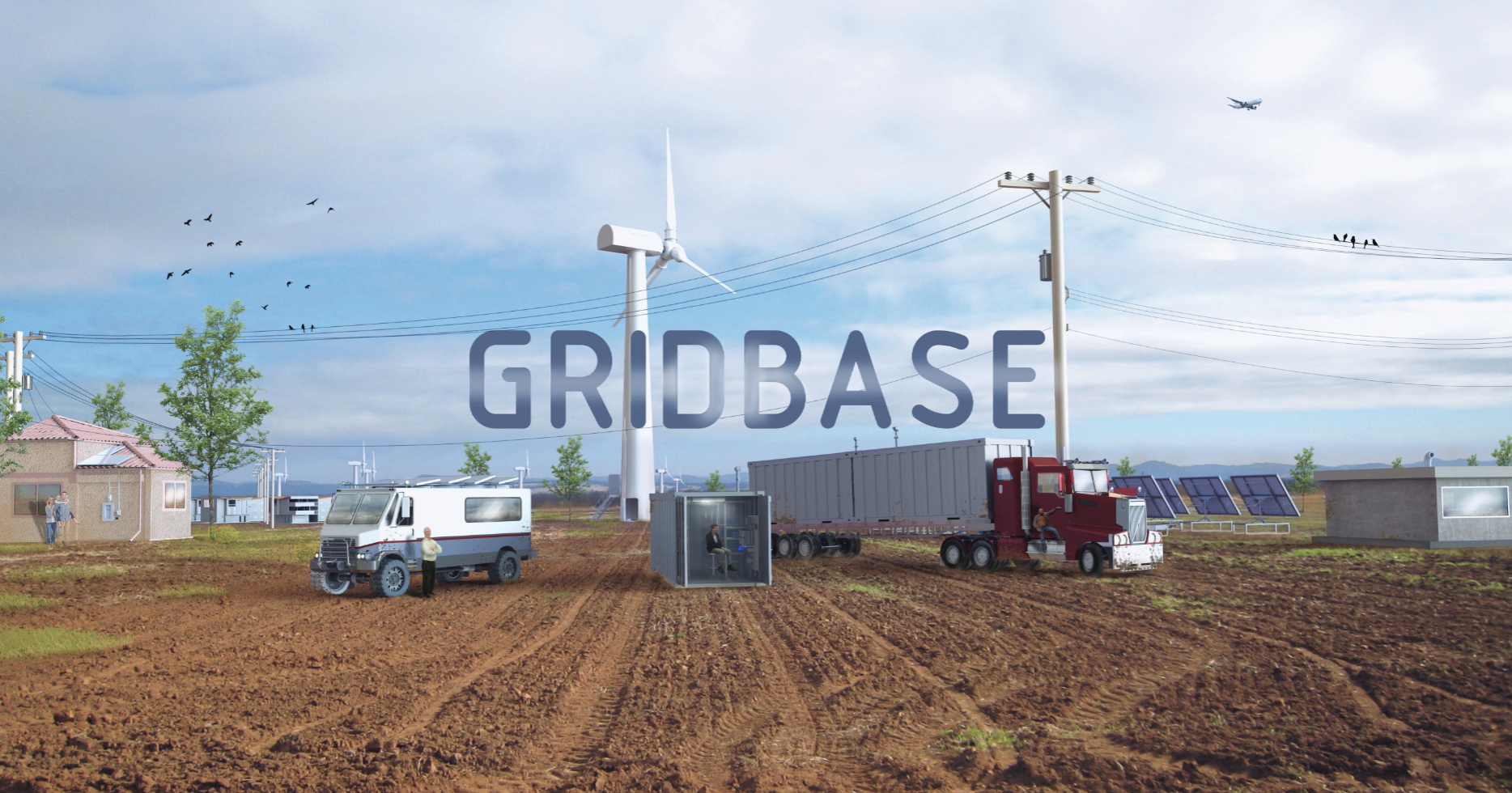about us
Our Vision
To be a leading global force in interdisciplinary innovation, powered by an exceptional community of thinkers and doers who blend youthful creativity with advanced expertise. With our roots within academia, we boldly expand our impact, venturing into society and industry, fearlessly tackling complex challenges and creating transformative solutions.
Our History
The Luminosity Lab was founded in 2017 at the request of Arizona State University President, Dr. Michael Crow, and Dr. Sethuraman Panchanathan, then ASU's Executive Vice President of Research and currently the Director of the National Science Foundation. They envisioned an interdisciplinary 'skunkworks' lab, powered by student-led innovation, embodying a new paradigm of college-based R&D dedicated to producing cutting-edge solutions for some of the world's most intricate challenges.
Dr. Mark Naufel was entrusted with founding this initiative and under his guidance, what began as a small assembly of 15 students quickly flourished into a dynamic community of over 100 contributors, spanning numerous academic backgrounds. Engaged in tackling large-scale projects across sectors like healthcare, education, energy, and sustainability, the lab’s growth has allowed for expansion, including Luminosity branches operating throughout Arizona, and in Boston, Tennessee, and Ghana. Today, Luminosity maintains an internal portfolio of projects while also conducting corporate-sponsored R&D for some of the world’s leading global corporations. Over the years, Luminosity's student teams have exhibited their prowess in generating global-level innovations, claiming 1st place honors in the XPRIZE in 2020 and Red Bull’s Global Innovation Challenge in 2022.
100
researchers
40
corporate partners
6
years of operation
120
projects completed
What We Do
research & knowledge creation
We combine a methodological research approach with our multidisciplinary background to drive our knowledge creation.
design & rapid prototyping
We specialize in concept drawings which complement full-fledged design models and inform our prototyping process.
Ideation & Concept Development
Our lab works with the latest ideation-frameworks to initiate our iterative concept development process.
Mobile & Web Development
Our team focuses on a user-centric design model for architecting mobile and web based platforms to advance our research pursuits.
visualization & data science
Our data analytics team utilizes a suite of analytical and graphic-based tool kits to restructure problems with a unique perspective.
Robotics & Hardware Development
We draw from best-in-class robotics and hardware specialists to create cutting-edge technology.
process flow
- Ideate & Analyze
- Design & Prototype
- Validate & Verify
- Deploy & Maintain
We craft meaningful, actionable problem statements which focus on the needs of our users. To gain the insights which drive our design process, we utilize diverse perspectives to discover unseen patterns, pain points, and specific challenges we can transform into opportunities.
Our team values ideation as a crucial component of the design thinking process and the driving force for our most innovative solutions. Brainstorming sessions involve creativity, abstraction, and the application of innovation-frameworks. Our collaborative team environment fosters generative discussions and enable us to explore challenging problems for which we propose unique solutions.
We utilize a diverse suite of media for rapid prototyping and design conceptualizing. Our team specializes in generating illustrative sketches, 3D printed models, storyboards, and CAD designs. We deconstruct ideas to dictate project requirements and design constraints.
From these objectives, we build project timelines and assemble action items. Once tasks have been outlined, we begin the development of our initial prototypes. All prototypes are run through an iterative process to begin testing them against the desired set of design criteria.
After careful evaluation of our rapidly-prototyped solutions, we employ a robust validation and verification process. Our quality assurance method guarantees that our products are best-in-class and implemented as complete solutions.
We test our products to ensure compliance with the defined user requirements.
After ideas are developed and validated, we deploy our final product. Solutions, proposals, or products are sent to administration for discussion and/or implementation.
Once deployed, systems are continuously monitored to identify bugs and issues are resolved. Iterative cycles of development continue to improve the product until the end of its life cycle.
contact us
luminosity@asu.edu
